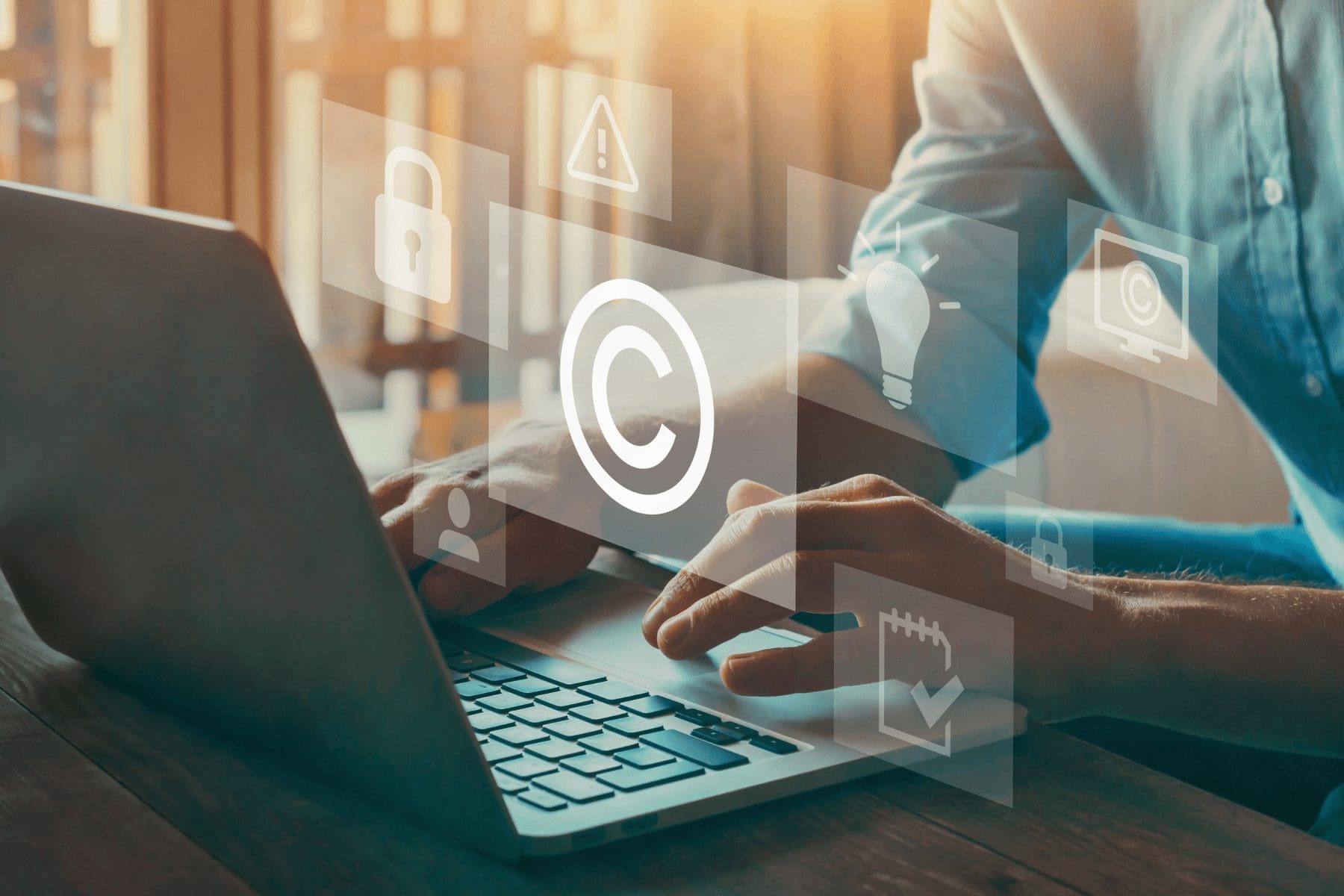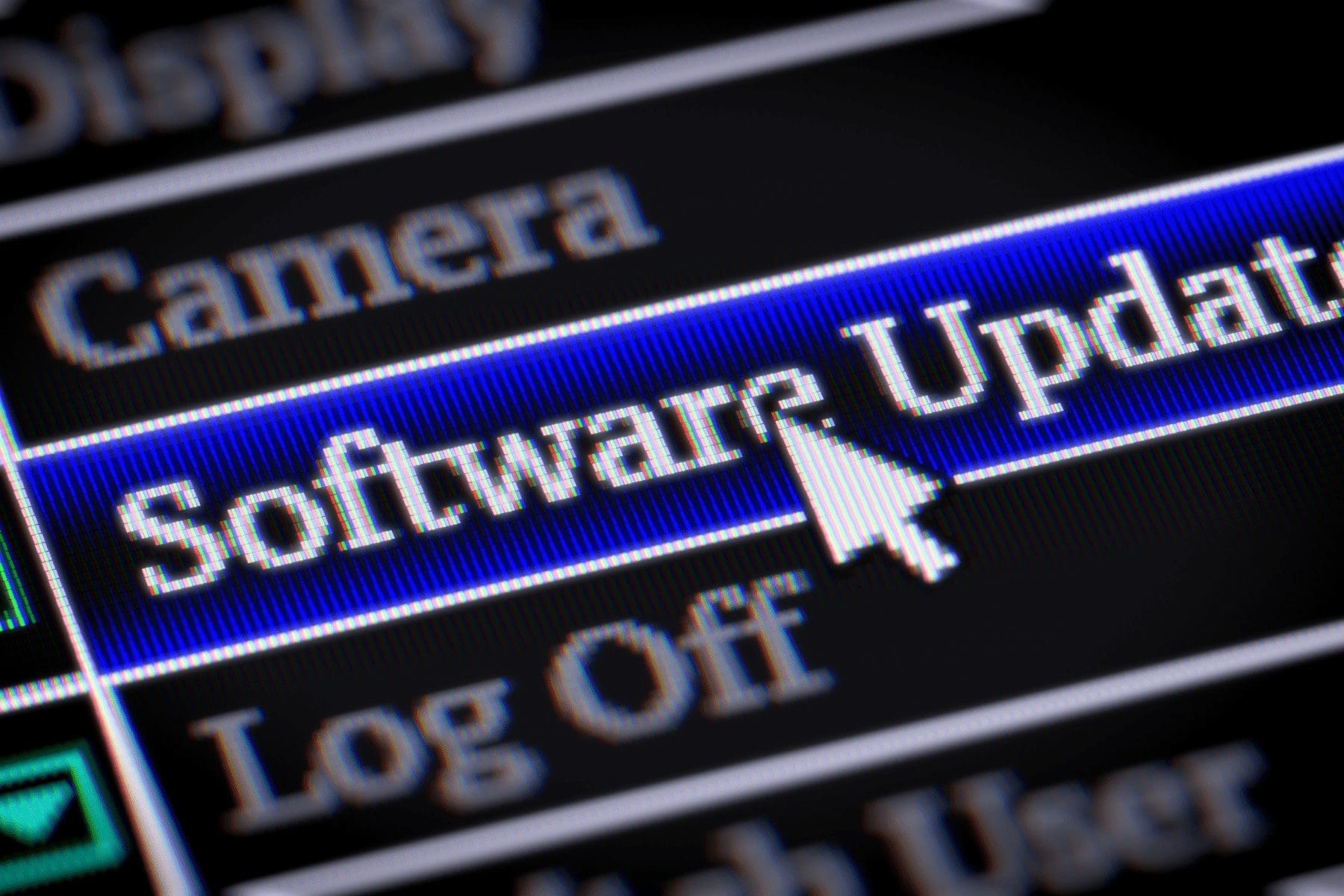Patents
The first type of intellectual property is patents.
-
What is a patent?
A patent is legal protection granted by the federal government to an inventor to encourage progress and prevent others from benefiting from the invention.
There are three types of patents recognized by the United States Patent and Trademark Office (USPTO): utility, design, and plant. The utility is the most common and includes any new and useful process, machine, article of manufacture, or composition of matter. In order to obtain any of the three patent types, the inventor must demonstrate that the invention is novel and non-obvious. In addition, to obtain a utility patent, an inventor must also demonstrate the utility of some sort.
-
What does patent protection provide?
Patent protection involves the right to exclude others from making, using, or selling anything that would fall under the claims of the issued patent. The duration of the patent protection depends on the type of patent. Utility and plant patents have a life of 20 years from the date of filing, whereas design patents have a life of 14 years from issuance. Occasionally, these lengths are extended, but not for more than five years.
-
What factors are considered when determining whether a patent has been infringed?
Determining whether a patent has been infringed entails the court examining the claims of the patent and comparing them to the accused device or process. This may be more complex in situations where the terms of the claims are unclear or ambiguous. The court can determine that infringement exists even if the accused device or process isn’t identical to the original. If the device performs substantially the same function in largely the same way to produce substantially identical results, it is likely that a court would find infringement.
-
What are my rights if someone infringes my patent?
You may file suit in a federal district court to enforce your patent against an infringer. If you are successful, there are many possible outcomes. Courts look to compensate the patent holder with damages for lost profits and/or punitive damages for willful infringement.
Copyrights
Copyrights are another important type of intellectual property:
-
What is a copyright?
A copyright is legal protection granted by the government to an author. In the case of works created by an employee during the course of his or her job, the copyright would belong to the employer. No publication or registration with the Copyright Office is required to secure a copyright, though there are advantages to registering. Copyrights are secured automatically when a work is created. Notice of copyright is also not required, though it can be beneficial.
-
What can be protected by a copyright?
The Copyright Act sets types of authorship to be protected. A non-exhaustive list of material that may be protected under copyright includes the following:
- Books, magazines, advertising copy, and computer programs
- Songs
- Dramatic works, including any accompanying music
- Dance routines
- Paintings and designs
- Motion pictures
- Sound recordings (CD, digital audio tapes, MP3 files)
- Architectural works
The protection afforded by the Copyright Act is a sliding scale based upon creativity. The more creative work is, the more protection it is afforded. It is important to note that it is not ideas, but expressions of ideas that are protected by the law.
-
What does copyright protection provide?
Copyright ownership grants the following specific rights in the work: reproduction, modification, publication, performance, and public display of the work. These rights can be limited by the doctrines of fair use and first sale. The length of protection for newly filed registrations is the life of the author plus 75 years. If it is a corporately owned copyright, then the copyright exists for 90 years from the date of publication.
-
What factors are considered when determining whether a copyright has been infringed?
A copyright can be infringed by violating any of the rights granted: reproduction, modification, publication, performance, and public display of the work. A copyright owner only needs to prove that the infringement occurred; it is not necessary to show that the infringement was intentional or malicious.
However, “fair use” is allowed without the author’s permission if an individual uses a limited portion of a copyrighted work for purposes such as criticism or research. This standard is not clear-cut and is left to the discretion of the court.
-
What are my rights if someone infringes my copyright?
If you have a federally registered copyright, you have the right to enforce your copyright by filing a suit in a federal district court. Federally-registered copyright grants the holder more rights than the common law possession of an unregistered copyright. If the copyright was not federally registered prior to infringement, you can file for a federal registration prior to pursuing legal action in federal court.
Trademarks
Trademarks are a type of intellectual property that are recognizable signs that identify products or services from a specific source:
-
What is a trademark?
A trademark serves to identify a single source for goods or services, membership in an organization, or approval from a quality assurance program. It can be a product name, a brand, a slogan, a color, and even a scent. Federal law allows for the protection of trademarks.
-
What does trademark protection provide?
The scope of the protection can vary widely, depending on the strength and fame of a mark. For instance, many brand names are famous marks that are very strong. The length of time that a mark can be protected is indefinite because it is based upon use, but federal registrations have an initial term of 10 years. A mark may be renewed in successive 10-year increments as long as the mark is still in use.
-
What factors are considered when determining whether a trademark has been infringed?
Whether a trademark has been infringed is most often dependent upon whether a likelihood of confusion has been found. In determining whether there is a likelihood of confusion, courts generally look at factors like the defendant’s intent, similarity in marketing channels, the overall impression of the two marks in question, and the similarity of goods or services associated with the marks.
-
What are my rights if someone infringes my federally registered trademark?
You have the right to bring an infringement action in a federal district court. After a finding of infringement, the court determines the appropriate remedies for the trademark holder. These can include an injunction to stop the infringing or diluting use, damages to cover the defendant’s profits or losses sustained by the plaintiff, and punitive damages in cases of bad faith.
-
Are there applicable state or common laws?
There are state registries for trademarks, with rights and registration varies by state. Consult an attorney licensed in your state for specific state requirements and benefits.
Trade Secrets
Your business may have information or a process it wishes to remain private. Here is some information about trade secrets:
-
What is a trade secret?
A trade secret is any proprietary information that serves as an advantage over competitors and is kept secret. It is broadly defined and can range from a customer list to software coding.
-
What factors are considered when determining whether a trade secret has been infringed?
The owner of the trade secret must prove that the alleged confidential information provided a competitive advantage, the information was maintained in secrecy and the information was improperly acquired or disclosed by the defendant.
-
What are my rights if someone infringes my trade secret?
A lawsuit may be brought under federal or state law depending upon the circumstances. Under the Economic Espionage Act, individuals can be fined up to $500,000 and corporations can be fined up to $5,000,000 plus possible jail time for trade secret infringement. Several states have also enacted laws making it a crime to infringe upon or steal a trade secret.
-
Are there applicable state or common laws?
Many states also have their own trade secret legislation which should be considered when developing your policy.
Intellectual property refers to the intangible assets of a business, including patents, copyrights, trademarks, and trade secrets. These assets are often a corporation’s most valuable and least understood assets. This piece is intended to provide a basic understanding of four types of intellectual property assets.
Patents
The first type of intellectual property is patents.
-
What is a patent?
A patent is legal protection granted by the federal government to an inventor to encourage progress and prevent others from benefiting from the invention.
There are three types of patents recognized by the United States Patent and Trademark Office (USPTO): utility, design, and plant. The utility is the most common and includes any new and useful process, machine, article of manufacture, or composition of matter. In order to obtain any of the three patent types, the inventor must demonstrate that the invention is novel and non-obvious. In addition, to obtain a utility patent, an inventor must also demonstrate the utility of some sort.
-
What does patent protection provide?
Patent protection involves the right to exclude others from making, using, or selling anything that would fall under the claims of the issued patent. The duration of the patent protection depends on the type of patent. Utility and plant patents have a life of 20 years from the date of filing, whereas design patents have a life of 14 years from issuance. Occasionally, these lengths are extended, but not for more than five years.
-
What factors are considered when determining whether a patent has been infringed?
Determining whether a patent has been infringed entails the court examining the claims of the patent and comparing them to the accused device or process. This may be more complex in situations where the terms of the claims are unclear or ambiguous. The court can determine that infringement exists even if the accused device or process isn’t identical to the original. If the device performs substantially the same function in largely the same way to produce substantially identical results, it is likely that a court would find infringement.
-
What are my rights if someone infringes my patent?
You may file suit in a federal district court to enforce your patent against an infringer. If you are successful, there are many possible outcomes. Courts look to compensate the patent holder with damages for lost profits and/or punitive damages for willful infringement.
Copyrights
Copyrights are another important type of intellectual property:
-
What is a copyright?
A copyright is legal protection granted by the government to an author. In the case of works created by an employee during the course of his or her job, the copyright would belong to the employer. No publication or registration with the Copyright Office is required to secure a copyright, though there are advantages to registering. Copyrights are secured automatically when a work is created. Notice of copyright is also not required, though it can be beneficial.
-
What can be protected by a copyright?
The Copyright Act sets types of authorship to be protected. A non-exhaustive list of material that may be protected under copyright includes the following:
- Books, magazines, advertising copy, and computer programs
- Songs
- Dramatic works, including any accompanying music
- Dance routines
- Paintings and designs
- Motion pictures
- Sound recordings (CD, digital audio tapes, MP3 files)
- Architectural works
The protection afforded by the Copyright Act is a sliding scale based upon creativity. The more creative work is, the more protection it is afforded. It is important to note that it is not ideas, but expressions of ideas that are protected by the law.
-
What does copyright protection provide?
Copyright ownership grants the following specific rights in the work: reproduction, modification, publication, performance, and public display of the work. These rights can be limited by the doctrines of fair use and first sale. The length of protection for newly filed registrations is the life of the author plus 75 years. If it is a corporately owned copyright, then the copyright exists for 90 years from the date of publication.
-
What factors are considered when determining whether a copyright has been infringed?
A copyright can be infringed by violating any of the rights granted: reproduction, modification, publication, performance, and public display of the work. A copyright owner only needs to prove that the infringement occurred; it is not necessary to show that the infringement was intentional or malicious.
However, “fair use” is allowed without the author’s permission if an individual uses a limited portion of a copyrighted work for purposes such as criticism or research. This standard is not clear-cut and is left to the discretion of the court.
-
What are my rights if someone infringes my copyright?
If you have a federally registered copyright, you have the right to enforce your copyright by filing a suit in a federal district court. Federally-registered copyright grants the holder more rights than the common law possession of an unregistered copyright. If the copyright was not federally registered prior to infringement, you can file for a federal registration prior to pursuing legal action in federal court.
Trademarks
Trademarks are a type of intellectual property that are recognizable signs that identify products or services from a specific source:
-
What is a trademark?
A trademark serves to identify a single source for goods or services, membership in an organization, or approval from a quality assurance program. It can be a product name, a brand, a slogan, a color, and even a scent. Federal law allows for the protection of trademarks.
-
What does trademark protection provide?
The scope of the protection can vary widely, depending on the strength and fame of a mark. For instance, many brand names are famous marks that are very strong. The length of time that a mark can be protected is indefinite because it is based upon use, but federal registrations have an initial term of 10 years. A mark may be renewed in successive 10-year increments as long as the mark is still in use.
-
What factors are considered when determining whether a trademark has been infringed?
Whether a trademark has been infringed is most often dependent upon whether a likelihood of confusion has been found. In determining whether there is a likelihood of confusion, courts generally look at factors like the defendant’s intent, similarity in marketing channels, the overall impression of the two marks in question, and the similarity of goods or services associated with the marks.
-
What are my rights if someone infringes my federally registered trademark?
You have the right to bring an infringement action in a federal district court. After a finding of infringement, the court determines the appropriate remedies for the trademark holder. These can include an injunction to stop the infringing or diluting use, damages to cover the defendant’s profits or losses sustained by the plaintiff, and punitive damages in cases of bad faith.
-
Are there applicable state or common laws?
There are state registries for trademarks, with rights and registration varies by state. Consult an attorney licensed in your state for specific state requirements and benefits.
Trade Secrets
Your business may have information or a process it wishes to remain private. Here is some information about trade secrets:
-
What is a trade secret?
A trade secret is any proprietary information that serves as an advantage over competitors and is kept secret. It is broadly defined and can range from a customer list to software coding.
-
What factors are considered when determining whether a trade secret has been infringed?
The owner of the trade secret must prove that the alleged confidential information provided a competitive advantage, the information was maintained in secrecy and the information was improperly acquired or disclosed by the defendant.
-
What are my rights if someone infringes my trade secret?
A lawsuit may be brought under federal or state law depending upon the circumstances. Under the Economic Espionage Act, individuals can be fined up to $500,000 and corporations can be fined up to $5,000,000 plus possible jail time for trade secret infringement. Several states have also enacted laws making it a crime to infringe upon or steal a trade secret.
-
Are there applicable state or common laws?
Many states also have their own trade secret legislation which should be considered when developing your policy.
The Last Word
Patents, copyrights, trademarks, and trade secrets may be integral parts of your business. It is vital that you understand the laws associated with these concepts to protect your intellectual property. You also need to ensure that your behavior does not infringe on someone else’s intellectual property. For more information on protecting your different types of intellectual property, contact an InsureGood Advisor today.





